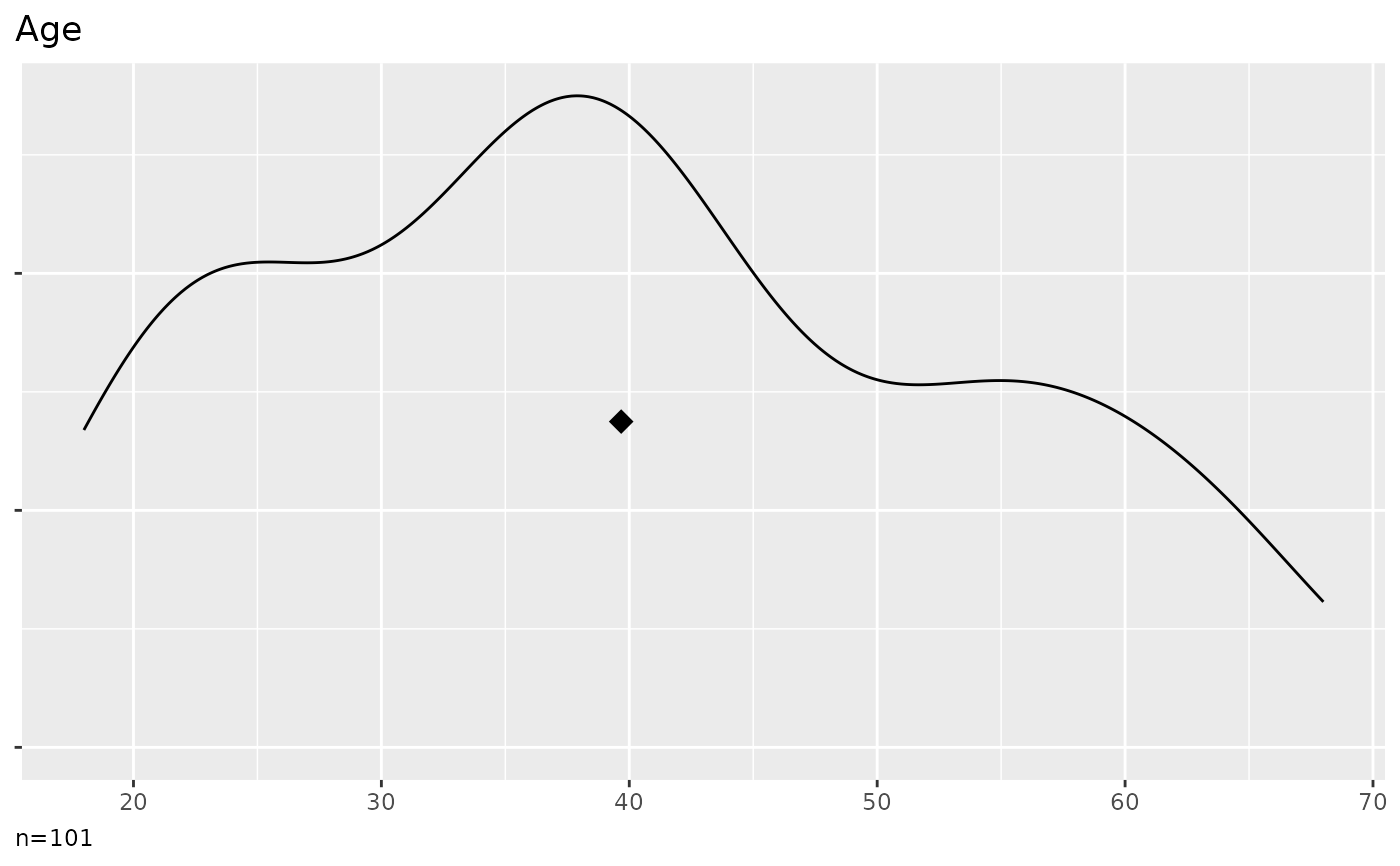
Output a plot with distribution parameters such as the mean values
Source:R/plots.R
plot_metrics.RdThe plot type depends on the number of selected columns:
One metric column: see plot_metrics_one
Multiple metric columns: see plot_metrics_items
Group comparisons:
One metric column and one grouping column: see plot_metrics_one_grouped
Multiple metric columns and one grouping column: see plot_metrics_items_grouped
Multiple metric columns and multiple grouping columns: see plot_metrics_items_grouped_items (not yet implemented)
By default, if you provide two column selections, the second selection is treated as categorical. Setting the metric-parameter to TRUE will call the appropriate functions for correlation analysis:
Two metric columns: see plot_metrics_one_cor
Multiple metric columns and one metric column : see plot_metrics_items_cor
Two metric column selections: see plot_metrics_items_cor_items
Parameters that may be passed to the metric functions (see the respective function help):
ci: Plot confidence intervals for means or correlation coefficients.
box: Visualise the distribution by adding boxplots.
log: In scatter plots, you can use a logarithmic scale. Be aware, that zero values will be omitted because their log value is undefined.
method: By default, correlations are calculated using Pearson’s R. You can choose Spearman’s Rho with the methods-parameter.
limits: The scale limits are automatically guessed by the package functions (work in progress). Use the limits-parameter to manually fix any misleading graphs.
title: All plots usually get a title derived from the column attributes or column names. Set to FALSE to suppress the title or provide a title of your choice as a character value.
labels: Labels are extracted from the column attributes. Set to FALSE to output bare column names and values.
numbers: Controls whether to display correlation coefficients on the plot.
Arguments
- data
A data frame.
- cols
A tidy column selection, e.g. a single column (without quotes) or multiple columns selected by methods such as starts_with().
- cross
Optional, a grouping column (without quotes).
- metric
When crossing variables, the cross column parameter can contain categorical or metric values. By default, the cross column selection is treated as categorical data. Set metric to TRUE, to treat it as metric and calculate correlations.
- clean
Prepare data by data_clean.
- ...
Other parameters passed to the appropriate plot function.
